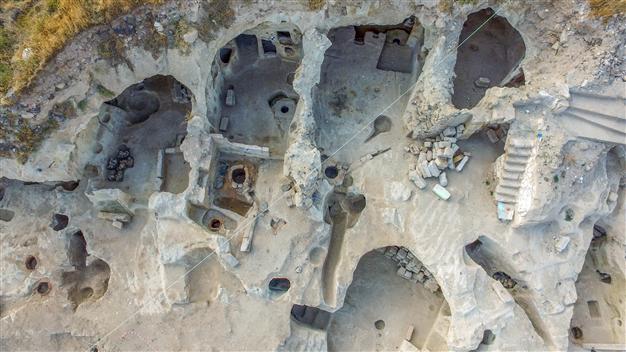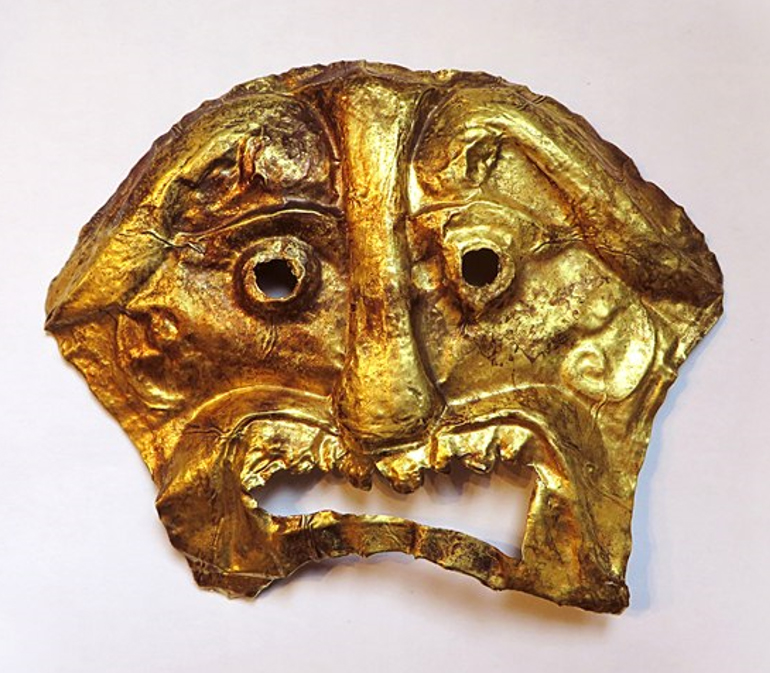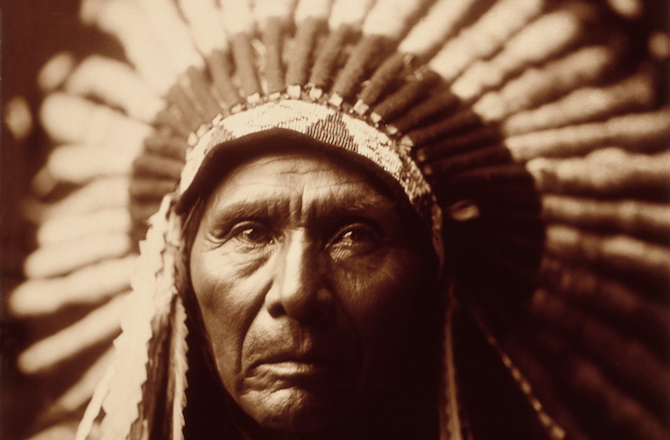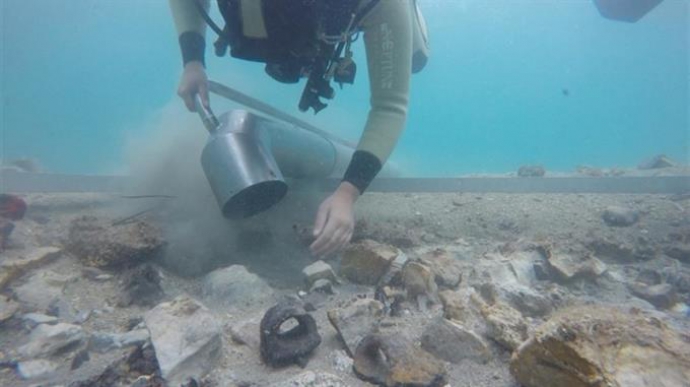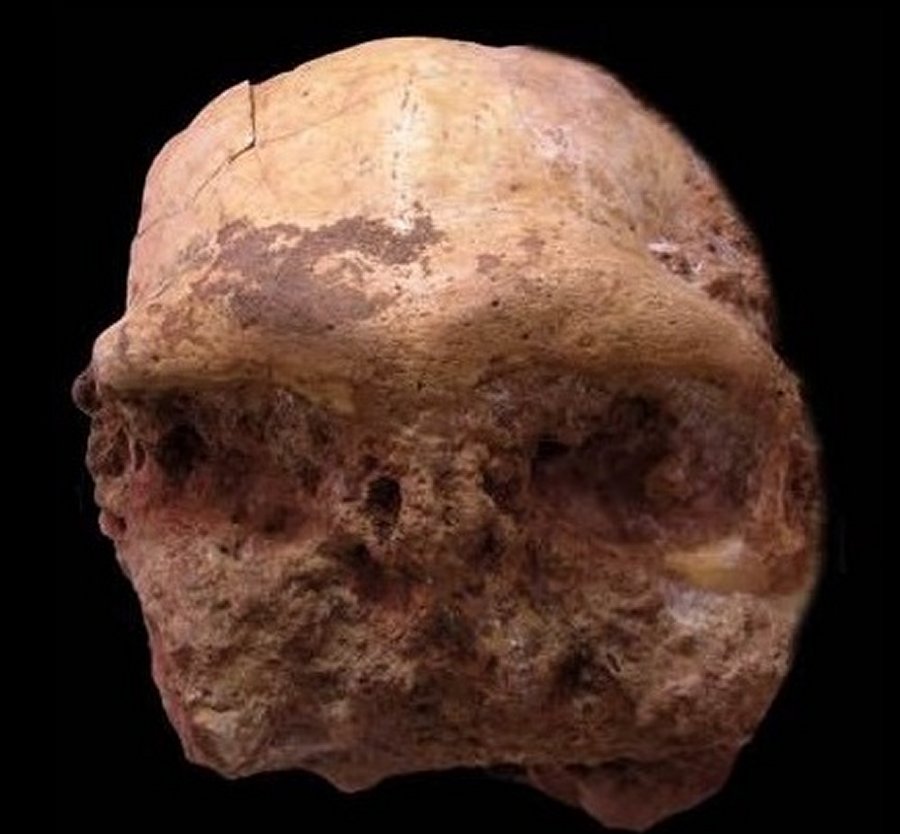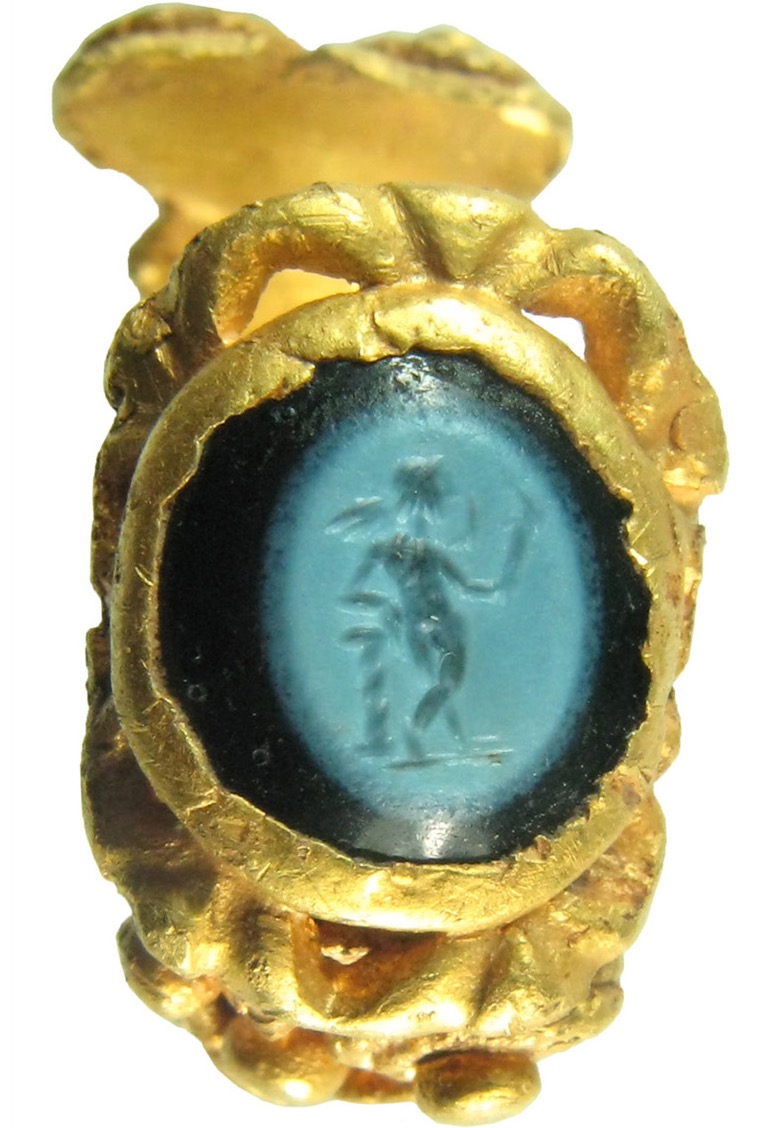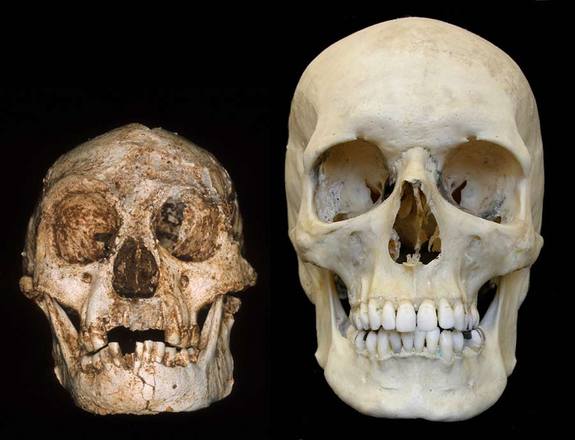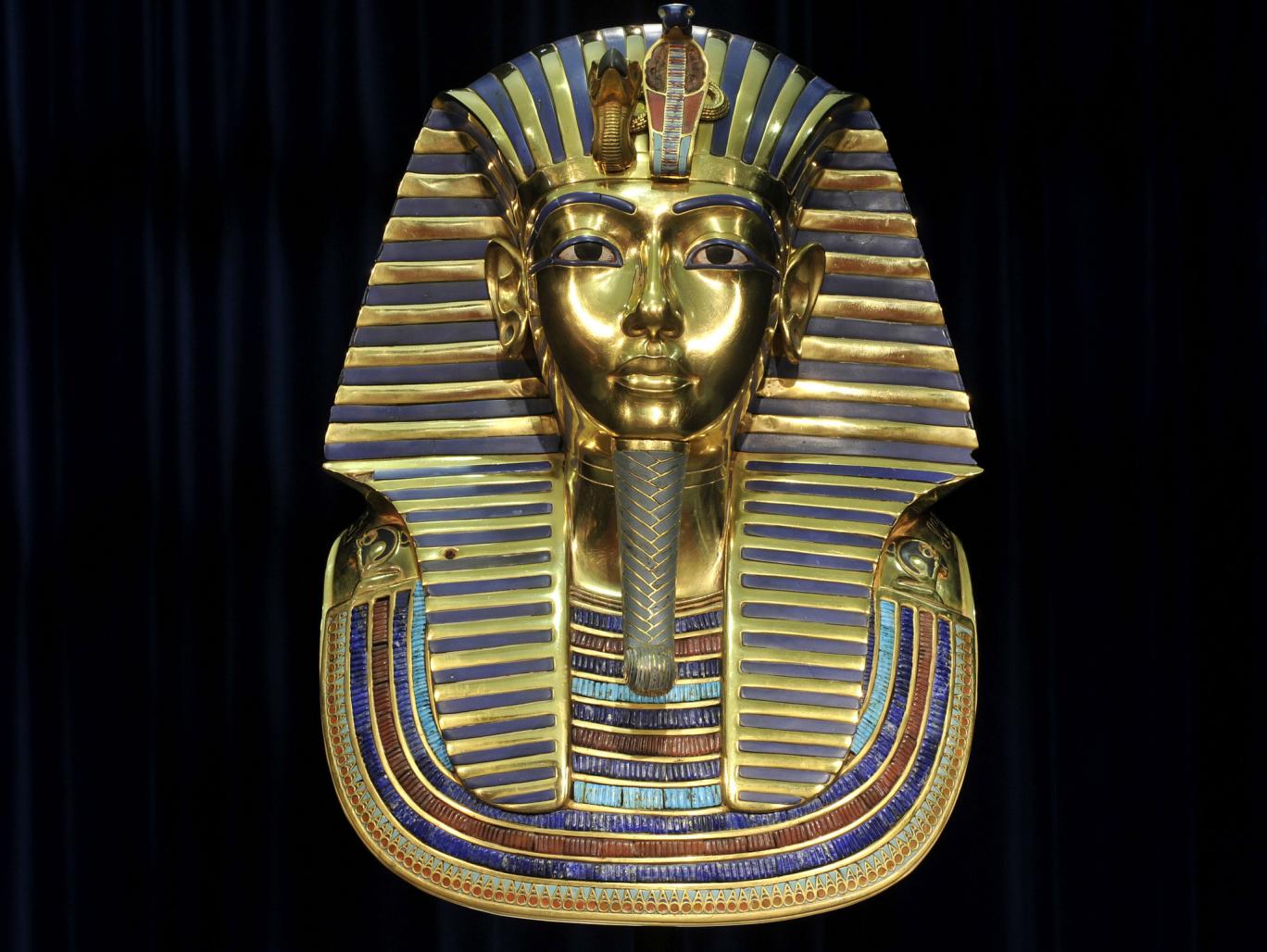
Entitled "The Gold Mask of Ankhkheperure Neferneferuaten" Reeves relates that an essay was behind his first doubts about King Tutankhamun's possession of his iconic gold mask, now under restoration at the Egyptian Museum in Tahrir Square.
In the paper Reeves wrote several years ago, in an essay which is yet to appear, he sought to demonstrate that the famous gold mask from King Tutankhamun's tomb (KV 62) had been created not for the boy king but for the use of a female predecessor named Ankhkheperure Neferneferuaten (Queen Nefertiti) who was King Akhenaten's co-regent.
"The evidence in favour of this conclusion was, and still is compelling," Reeves said, adding that he was able to muster for it no inscriptional support. Detailed scrutiny, both of the mask itself and of photographs, furnished not the slightest hint that the multi-columned hieroglyphic inscription with cartouche might pre-date Tutankhamun's reign.
"Happily, this reluctant presumption of the mask's textual integrity may now be abandoned," Reeves pointed out in the paper, asserting that "a fresh examination of the re-positioned and newly re-lit mask in Cairo at the end of September 2015 yielded for the first time, beneath the hieroglyphs of Tutankhamun's prenomen, lightly chased traces of an earlier, erased royal name."

